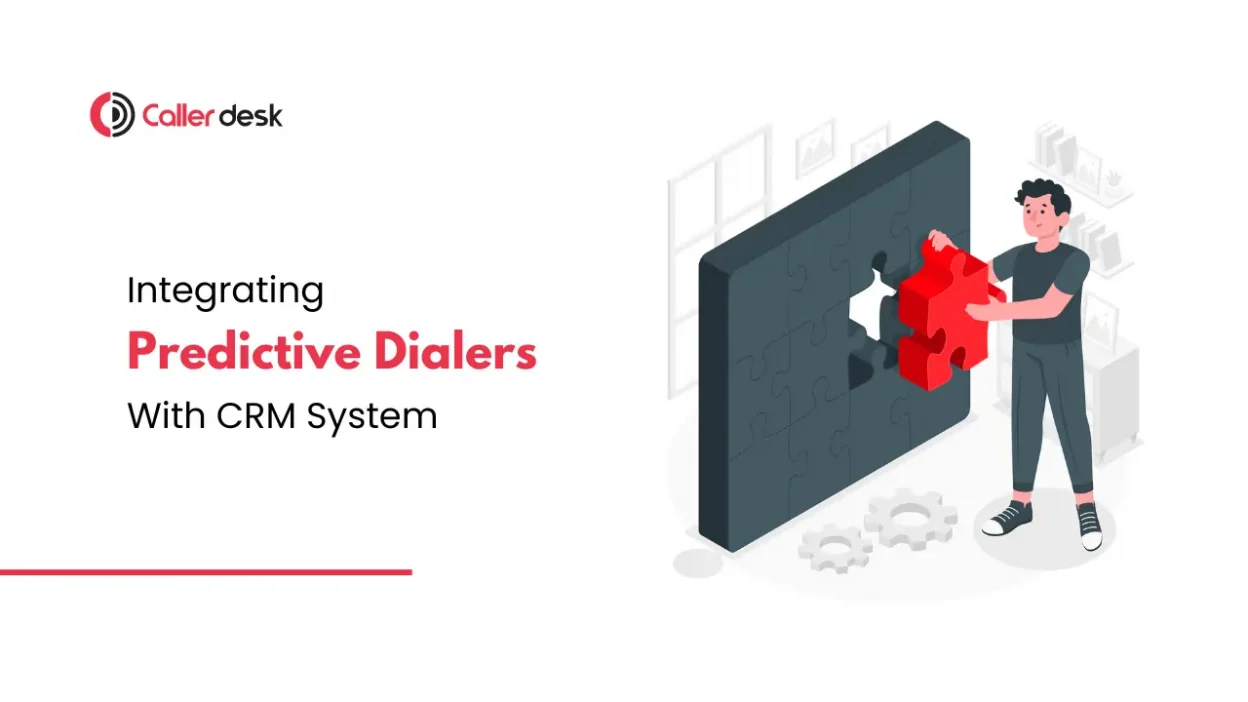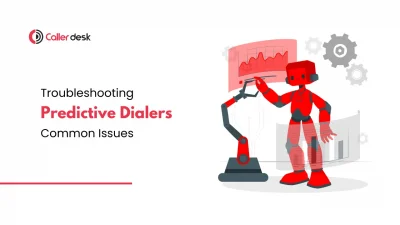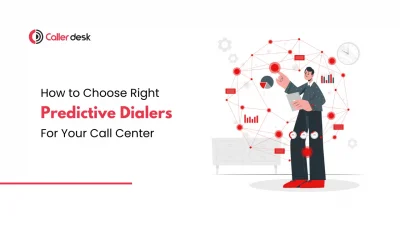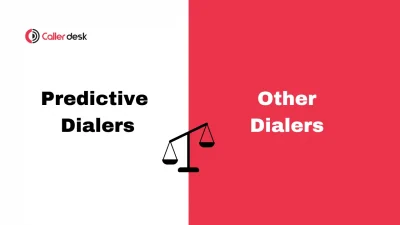Is your call center overwhelmed by the dual challenge of managing high call volumes and keeping customer information organized? Integrating a predictive dialer with your CRM system could be the transformative solution you need.
Predictive dialers automate dialing, enhance agent productivity, and save valuable time. On the other hand, CRM systems centralize customer data, offering a unified view of customer interactions. Combining these tools creates a powerful synergy that boosts call center performance, but success hinges on following best practices for integration.
Below, we outline seven expert-backed strategies to ensure a seamless and impactful integration.
1. Ensure System Compatibility
Why Compatibility Matters
System compatibility is the foundation of successful integration. Without it, the predictive dialer and CRM system may face functionality issues, resulting in inefficiencies or additional costs.
Tips for Compatibility:
- Research before Purchase: Choose solutions designed for seamless integration, either natively or through robust APIs.
- Third-Party Connectors: Explore middleware options like Zapier or custom-built connectors that bridge compatibility gaps.
- Test in Advance: Conduct pilot tests to identify potential conflicts before full-scale implementation.
2. Prioritize Data Synchronization and Consistency
Keeping Information Updated
One of the biggest advantages of integration is real-time data updates. This ensures that customer profiles, call histories, and notes are current and accurate.
Best Practices:
- Bidirectional Syncing: Enable data flow in both directions to ensure uniform updates across platforms.
- Error Handling: Implement automated alerts for syncing issues to address discrepancies quickly.
- Periodic Data Audits: Regularly verify the integrity and accuracy of your data to maintain reliability.
3. Customize for Your Business Needs
Tailor the Tools to Fit
Every organization has unique workflows, so cookie-cutter integrations may not deliver maximum value. Customization ensures the systems align with your operational goals.
Key Areas for Customization:
- CRM Fields: Add custom fields relevant to your call center, such as preferred call times or customer satisfaction scores.
- Dialing Rules: Configure predictive dialers to prioritize high-value leads or comply with time-zone restrictions.
- Automation Workflows: Automate repetitive tasks like call logging or follow-up scheduling for greater efficiency.
4. Implement a User-Friendly Interface
Focus on Usability
Even the most sophisticated systems are ineffective if your agents find them difficult to use. User-friendly interfaces minimize training needs and reduce errors.
What to Look for:
- Simplified Dashboards: Ensure quick access to customer details and call metrics.
- Intuitive Navigation: Opt for interfaces that reduce the learning curve.
- Custom Views: Allow agents to personalize their workspace for better productivity.
5. Monitor and Optimize Performance
Why Monitoring Matters
Integration is not a “set-it-and-forget-it” task. Continuous monitoring and optimization help you identify areas for improvement and maintain peak performance.
Performance Metrics to Track:
- Call Connection Rates: Assess the effectiveness of your dialing strategy.
- Agent Productivity: Measure average call times, conversion rates, and idle time.
- Customer Satisfaction (CSAT): Use feedback surveys and NPS scores to gauge customer experience.
6. Ensure Security and Compliance
Protect Sensitive Information
Data security and regulatory compliance are critical when handling customer data. A breach could result in financial losses and reputational damage.
Security Best Practices:
- Encryption: Use robust encryption for data transfer and storage.
- Access Controls: Implement role-based permissions to restrict sensitive information access.
- Regulatory Adherence: Regularly review compliance with standards like GDPR, TCPA, or CCPA.
7. Provide Comprehensive Training and Support
Empower Your Team
Your integration’s success relies heavily on how well your agents understand and utilize the system. Proper training and ongoing support are indispensable.
Steps to Success:
- Onboarding Sessions: Conduct workshops to familiarize agents with new features.
- Interactive Tutorials: Offer step-by-step guides or videos for self-paced learning.
- Dedicated Support Teams: Ensure immediate assistance for troubleshooting or queries.
Conclusion
Integrating predictive dialers with CRM systems can revolutionize call center operations by enhancing efficiency, boosting customer satisfaction, and driving better business outcomes. However, the key lies in strategic implementation. By prioritizing compatibility, maintaining synchronized data, customizing for unique needs, ensuring usability, monitoring performance, safeguarding security, and empowering your agents with training, your call center can unlock the full potential of this integration.
Start integrating today, and witness the transformation of your call center into a high-performance, customer-centric powerhouse.





